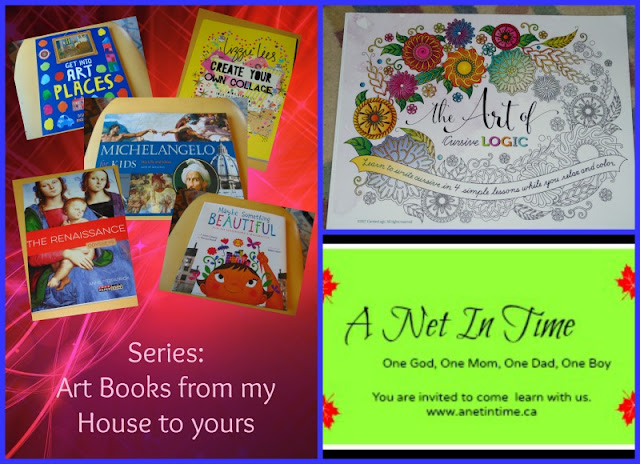One of my dreams, oh... for such a very long time has been to go on a dogsled ride. In fact, I had a dog when my lad was young who needed a job to do so I got her a harness so she could pull the lad around. :) My goal was to help her become more accepting of the lad by giving her something she liked to do...work and feel useful! (we didn't succeed but at least had fun trying). When the lad was I think 8 we went to an Archaelogy day and he got to go on a dogsled ride...man... I was jealous!!! But they didn't allow adults to go....ah well...
The world's biggest Dog Sled race, as far as I know, is the 1000 mile race called the Iditarod. There is also the 1,000 mile Yukon Quest which runs between
Whitehorse, Yukon and Fairbanks, Alaska. There is also the 211 mile long Hudson Bay Quest and the 200 mile Canadian Dog Sled Races which are among the biggest races just in Canada.
 There are two main styles of dog sled hitches. Fan hitch and gangline. Gangline tends to be the more popular of the two for dog sled races. They each have their own advantage.
There are two main styles of dog sled hitches. Fan hitch and gangline. Gangline tends to be the more popular of the two for dog sled races. They each have their own advantage.The fan hitch allows dogs to spread out their weight over a larger surface area, helpful on rough surfaces, treeless areas or on ice. The Innuk often use this method to travel.

The gangline has the dogs held closer together which is excellent for running in forested areas or on narrow trails. Numbers of dogs can vary in this type of hitch.
Travel by dog sled used to be one of the major forms of transportation in Canadian winters, particularly among the more northern peoples. In fact, the International Federation of Sled Dog Sports states that archaeological evidence shows dog sledding in Canada, North America, and Siberia originated 4000 years ago. (source)
Did you know the word mush came from a poorly understand early French Canadian word where the drivers of the dog team would say "Marche!" in encourage their teams to run well. English explorers misunderstood the term and henceforth dog sled drivers were called Mushers.(source)
A famous sled dog is Balto...who was the lead dog in a dog sled relay of 1000 miles, in January 1925, when a deadly diphtheria epidemic threatened the children of Nome. Medicine to stop the outbreak was in Anchorage. Balto's team covered the last 53 miles. (source) A statue of Balto can be found in Central Park, New York.
So there you have it, information about dog sledding and Canada.
Are you interested in linking up? Great.
- Follow the abc blogging format. This week we are using the letter D.
- Family Friendly posts only
- Comment on the blogs of others, please.
- Post a back link to this blog or this post.
- Make sure you stop in to visit Amanda my lovely co-host.
- #abcblogging for the hashtag.








































